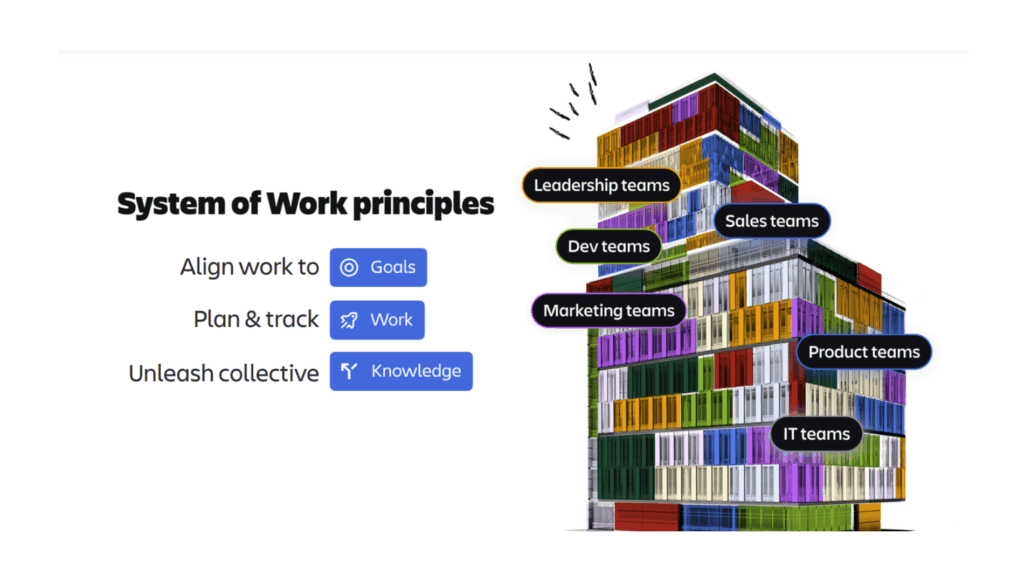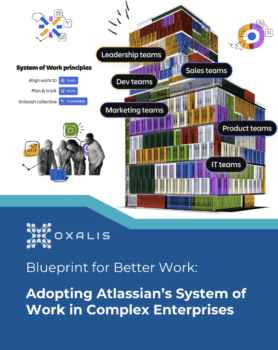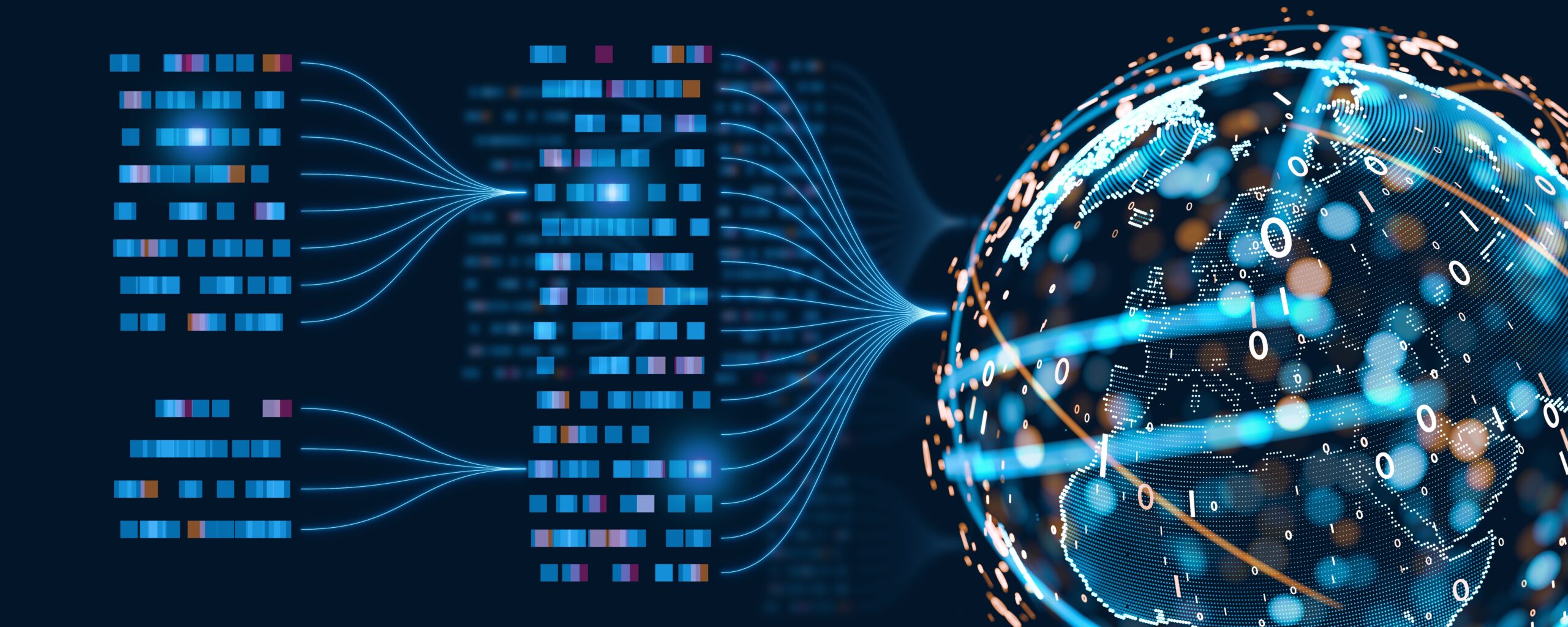How AI, Collaboration, and Knowledge Sharing are Transforming ITSM
Today’s service management landscape looks very different from even a few years ago. IT teams are no longer simply “keeping the lights on”—they are expected to deliver seamless experiences, power business agility, and drive innovation across the organization.
Yet many service teams are still trapped by outdated, siloed systems that slow down progress and create friction between teams.
Atlassian’s System of Work offers a new path forward. By connecting people, processes, and technology through a unified platform, organizations can transform IT Service Management (ITSM) into a strategic advantage.
Today, we’ll explore how the System of Work reimagines service management—and why it’s time to modernize.

Why Traditional ITSM Models Are Falling Short
Legacy ITSM systems were designed for a different era—one where IT operated behind a ticket queue, isolated from the rest of the business. In today’s environment, that model creates several major problems:
Organizations that want to deliver high-velocity service—and stay competitive—need a better system.
How the Atlassian System of Work Modernizes ITSM
Atlassian’s System of Work is a connected philosophy powered by a tightly integrated platform. It transforms service management in three critical ways:

In this white paper, you’ll discover:
1. AI-Driven Service Management
With the Teamwork Graph and AI capabilities like Rovo, service teams now have access to intelligent, context-aware automation:
Example: A service desk agent receives an incident report. Rovo automatically pulls in recent changes from Jira, highlights potential related issues, and recommends a resolution article from Confluence—all before the agent even clicks into the ticket.
The result? Faster resolution times, higher SLA adherence, and more satisfied customers and employees.
2. Cross-Team Collaboration, Built In
Modern service management is no longer just the responsibility of IT. Facilities, HR, Finance, and Security teams are all part of the service delivery ecosystem.
Atlassian’s System of Work makes cross-team collaboration seamless:
Example: When a cybersecurity incident occurs, the service team logs it in Jira Service Management. Linked development and security teams are automatically pulled in through integrated workflows—reducing time to resolution and keeping all stakeholders aligned.
No more disjointed email chains. No more lost handoffs. Just integrated, streamlined service delivery.
3. Knowledge-Enabled Support
Knowledge is the fuel that powers high-velocity service management. But if knowledge is scattered, outdated, or hidden, it can’t drive value.
The System of Work ensures knowledge is:
Example: An employee submitting an IT ticket about VPN access immediately receives an AI-suggested knowledge base article explaining how to troubleshoot common VPN issues—often resolving the problem without ever escalating to IT.
Knowledge sharing doesn’t just make support faster—it turns service teams into enablers of self-service and empowerment.
What This Means for IT and the Business
Modernizing service management with the Atlassian System of Work delivers tangible, organization-wide benefits:
In short, service management becomes less about reacting to problems—and more about strategically enabling the business to move faster and smarter.
How Oxalis Helps You Unlock High-Velocity Service Management
At Oxalis, we specialize in helping organizations—especially those in highly regulated and complex industries—modernize ITSM with the Atlassian System of Work.
We help our customers:
Whether you’re starting fresh or evolving an existing service operation, Oxalis is your partner in delivering high-velocity, connected service management.
Ready to modernize your service management approach?
Contact Oxalis today and let’s build a smarter, more connected future together.






